How to Tell if My Roof Needs to be Replaced
.webp)
Your roof silently protects your home 24/7, but knowing when it's failing can save you thousands in water damage and emergency repairs. Georgia homeowners face unique challenges, from scorching summers that can reach over 95°F to sudden hailstorms and humidity that feeds mold growth.
Here's how to identify the warning signs before small problems become costly disasters.
Critical Warning Signs Your Roof is Failing
Water Damage and Active Leaks
Water stains on your ceiling or walls after rain indicate your roof's waterproof barrier has failed. Don't wait for buckets-under-drips situations, even minor water intrusion can lead to structural rot and dangerous mold growth in Georgia's humid climate.
Check your attic on sunny days. If you see daylight through the roof boards or around chimneys and vents, water can penetrate just as easily. Look for damp rafters, wet insulation, or musty odors that signal hidden moisture problems.
Shingle Deterioration
Missing, cracked, or curling shingles are clear red flags. Georgia's intense heat causes asphalt shingles to buckle and curl as they age, leaving your roof deck exposed to the elements. When you spot multiple damaged shingles across different roof sections, the cumulative damage typically warrants replacement over piecemeal repairs.
Granule Loss in Gutters
Asphalt shingles shed their protective granular coating as they wear out. Excessive granules in your gutters—appearing like coarse, dark sand—indicate advanced shingle deterioration. Heavy granule loss means your shingles can no longer effectively protect your roof from UV damage and water penetration.
Structural Problems
A sagging roofline or soft, drooping spots signal serious structural issues, often from long-term water damage. Any deviation from straight roof planes indicates compromised structural integrity requiring immediate attention. Never ignore sagging—it's unsafe and will only worsen.
Biological Growth
Georgia's humidity creates perfect conditions for mold, mildew, and moss. While dark streaks (algae) are mostly cosmetic, green moss or lichen can lift shingles and trap moisture against the roof surface. Widespread biological growth both indicates and accelerates roof deterioration.
Rising Energy Bills
An unexpected spike in heating or cooling costs often signals roof problems. Poor ventilation, deteriorated insulation, or air leaks from an aging roof force your HVAC system to work harder, directly impacting your energy bills.
Age-Based Replacement Guidelines
.webp)
Asphalt Shingles: 15-30 Years
Basic 3-tab shingles typically last 15-20 years, while architectural shingles can reach 25+ years with proper maintenance. In Georgia's harsh climate, expect lifespans toward the lower end without regular upkeep.
Metal Roofing: 40-70 Years
Steel, aluminum, and copper roofs handle heat exceptionally well and resist Georgia's storm damage. Quality metal roofing with proper coatings often exceeds 40 years.
Tile and Slate: 50+ Years
Clay and concrete tiles can last 50-100 years, while slate roofs may protect homes for over a century. However, individual tiles can crack from hail, requiring periodic replacement.
Flat Roof Membranes: 20-30 Years
TPO, EPDM, and PVC membranes typically last 20-30 years when properly maintained. Poor drainage or neglected maintenance significantly shortens these lifespans.
Georgia's Climate Impact on Roof Aging
Extreme Heat and UV Damage
Georgia's summer temperatures regularly exceed 95°F, with roof surface temperatures reaching 150°F+. This thermal stress causes materials to expand, contract, and deteriorate faster than in milder climates. UV radiation breaks down chemical bonds in roofing materials, particularly affecting asphalt shingles.
Humidity and Moisture Problems
High humidity slows drying after storms, giving mold and mildew extended time to establish colonies. This moisture retention can rot wood decking and weaken structural elements, even from minor leaks that might be manageable in drier climates.
Storm Damage
Frequent thunderstorms, occasional hailstorms, and tropical weather remnants accelerate roof aging. Wind can strip protective granules from shingles, while hail creates impact damage that may not leak immediately but compromises long-term integrity.
Repair vs. Replacement Decision Matrix
When Repair Makes Sense
- Roof is under 15 years old
- Damage affects less than 25-30% of roof area
- Problems stem from isolated incidents (fallen branch, small storm damage)
- Underlying structure remains sound
When Replacement is Necessary
- Age: Roof is at or beyond expected lifespan
- Extent: More than one-third of roof shows damage or wear
- Multiple layers: Already has two shingle layers (code prohibits a third)
- Structural issues: Sagging, rot, or deck problems
- Recurring problems: Repeated repairs in different areas
Commercial vs. Residential Roof Warning Signs
Residential Roofs
Focus on shingle condition, flashing around chimneys and vents, and attic moisture signs. Pitched roofs typically show problems through visible exterior damage or interior leak evidence.
Commercial Roofs
Flat or low-slope roofs exhibit different failure patterns:
- Membrane bubbles, blisters, or cracks
- Ponding water remaining days after rainfall
- Lifting seams or separated flashings
- Interior water stains or moldy odors
Commercial roofs require professional inspection since problems often aren't visible from ground level.
Financial Considerations
Replacement Costs in Georgia
Full roof replacement typically costs $8,000-$18,000 for average residential properties, varying by size, materials, and complexity. While repairs might cost $500-$2,000, they're temporary solutions for aging roofs.
Return on Investment
New roofs typically recover 60-70% of replacement cost in increased home value. Beyond financial returns, you gain:
- Extended warranty protection (often 20-50 years on materials)
- Improved energy efficiency and lower utility bills
- Enhanced insurance coverage and potential premium discounts
- Peace of mind from reliable weather protection
Professional Assessment Value
Right Hand Roofing offers comprehensive roof inspections throughout Georgia and Alabama, helping property owners make informed decisions about repair versus replacement. Our experienced team understands local climate challenges and can identify issues that untrained eyes might miss.
Professional inspections provide:
- Detailed damage documentation with photos
- Honest repair vs. replacement recommendations
- Cost estimates for both options
- Insurance claim support when storm damage occurs
Taking Action
Don't wait for emergency situations to address roof problems. Schedule regular inspections, especially after severe weather events. Early detection and proactive replacement save money compared to emergency repairs and secondary damage from water intrusion.
If you notice multiple warning signs or your roof approaches its expected lifespan, contact roofing professionals for an assessment. In Georgia's challenging climate, staying ahead of roof problems protects both your property and your peace of mind.
A failing roof rarely improves on its own, addressing problems promptly ensures your home remains safe, dry, and valuable for years to come.
FAQs on Roof Replacements in Georgia
How often should I have my roof inspected in Georgia?
Have your roof professionally inspected at least once a year and after any major storm events. Georgia's harsh climate—with intense heat, humidity, and frequent severe weather—accelerates roof aging, making regular inspections crucial for catching problems early before they become expensive repairs.
Can I walk on my roof to check for damage myself?
Never walk on your roof for safety reasons. Instead, inspect from the ground using binoculars, check your attic for daylight or moisture signs, and look for granules in gutters. For thorough assessment of hard-to-see areas like flashing and membrane conditions, hire professional roofers who have proper safety equipment and training.
Will my insurance cover roof replacement if it's just old?
Insurance typically doesn't cover roof replacement due to normal aging—only sudden damage from covered perils like storms or hail. However, many insurers reduce or drop coverage on roofs over 20 years old. A new roof often qualifies for insurance discounts and ensures full coverage protection.
How long does a typical roof replacement take in Georgia?
Most residential roof replacements take 1-3 days, depending on home size, roof complexity, and weather conditions. Commercial projects may take 1-3 weeks. Georgia's frequent afternoon thunderstorms can cause delays, so reputable contractors plan for weather contingencies and protect your property during installation.
Is it worth replacing my roof if I'm planning to sell my home soon?
Yes, if your roof shows significant aging or damage. New roofs typically recover 60-70% of replacement cost in increased home value and make properties sell faster. Buyers often negotiate lower prices or walk away from homes with obviously aging roofs, making replacement a smart investment before listing.
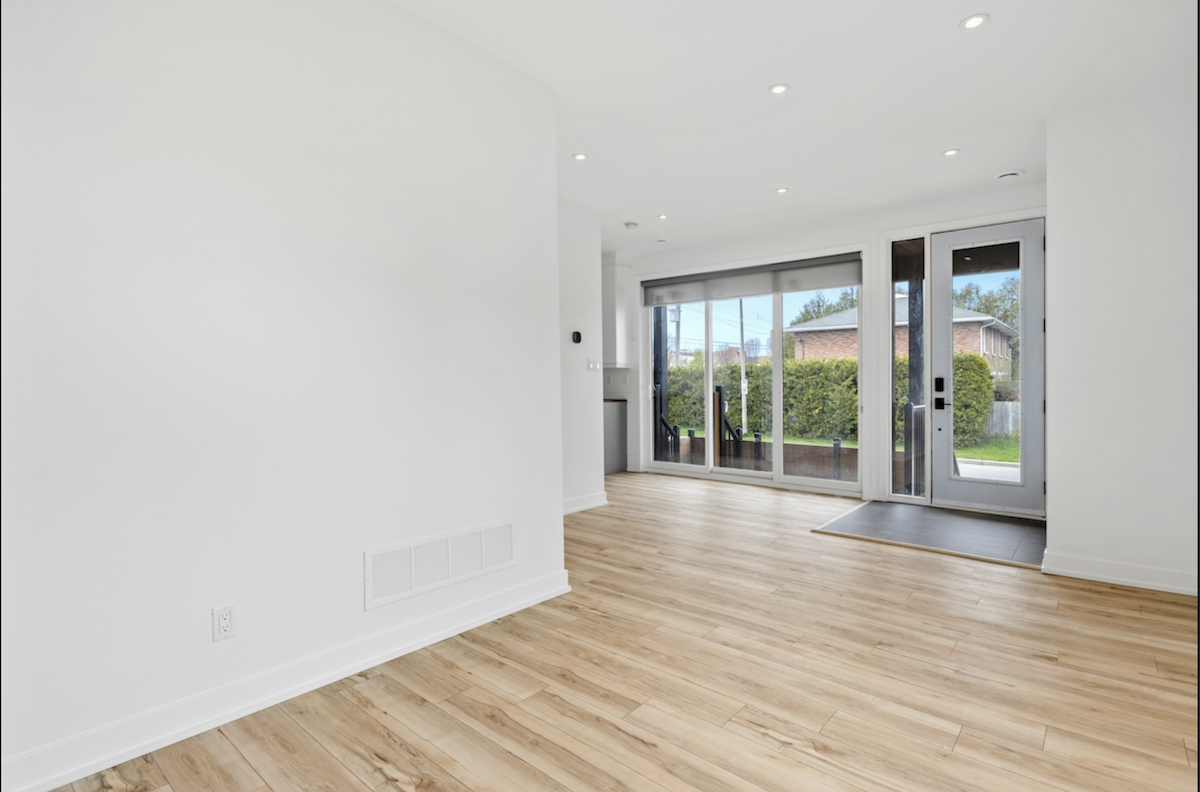
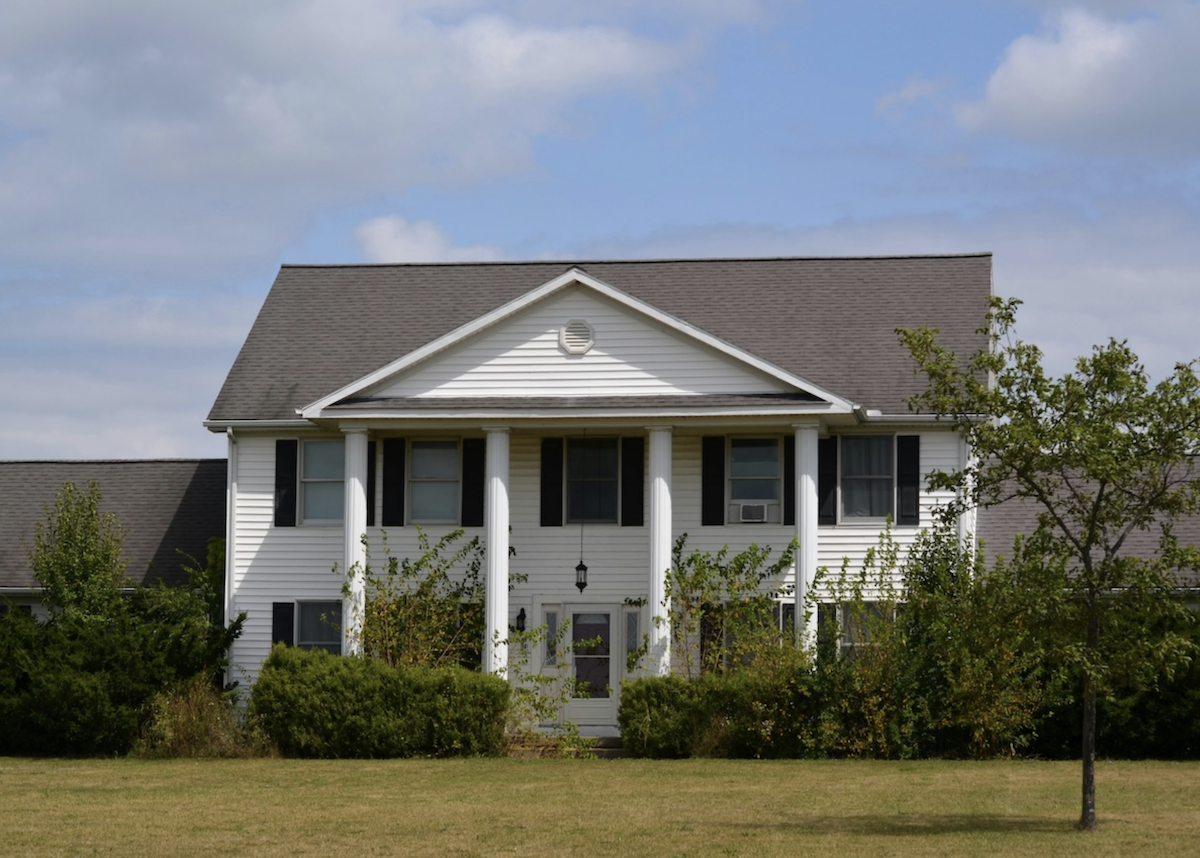



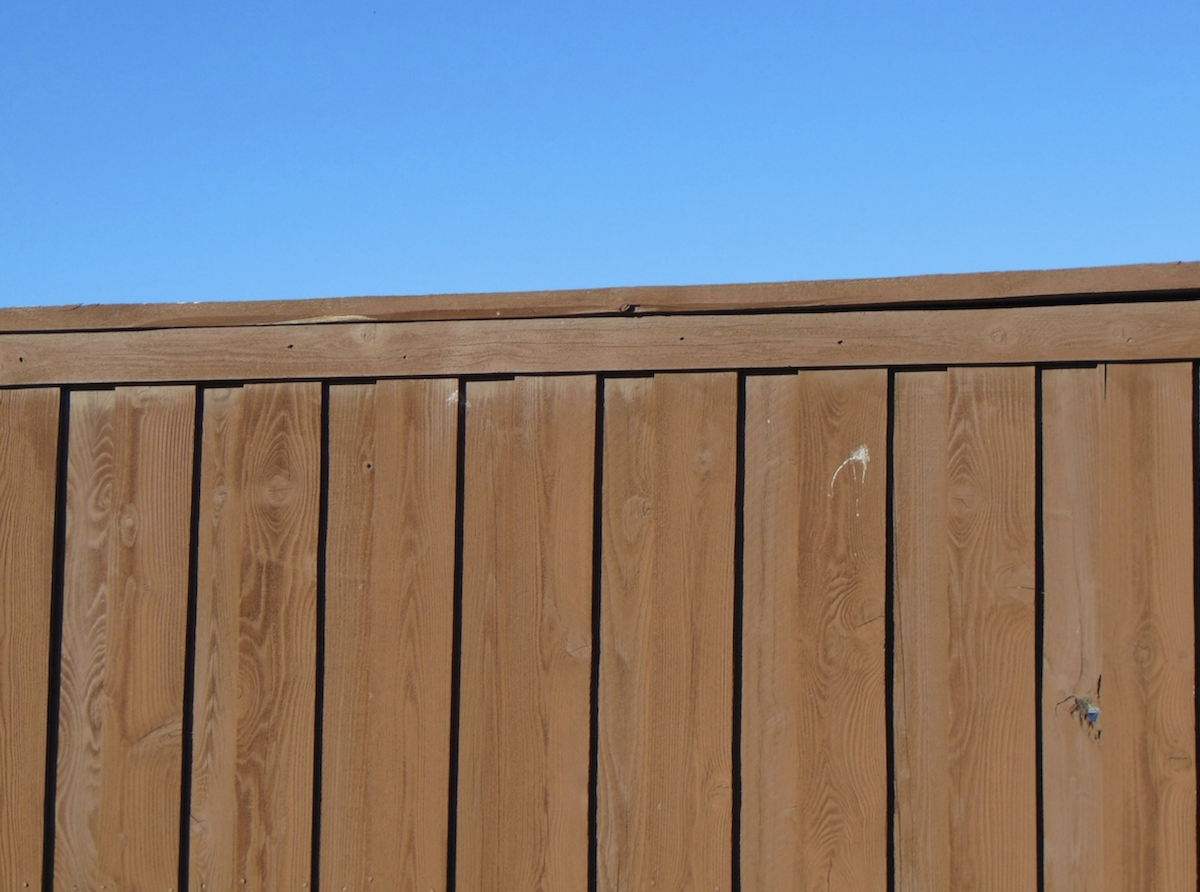

.webp)
.webp)

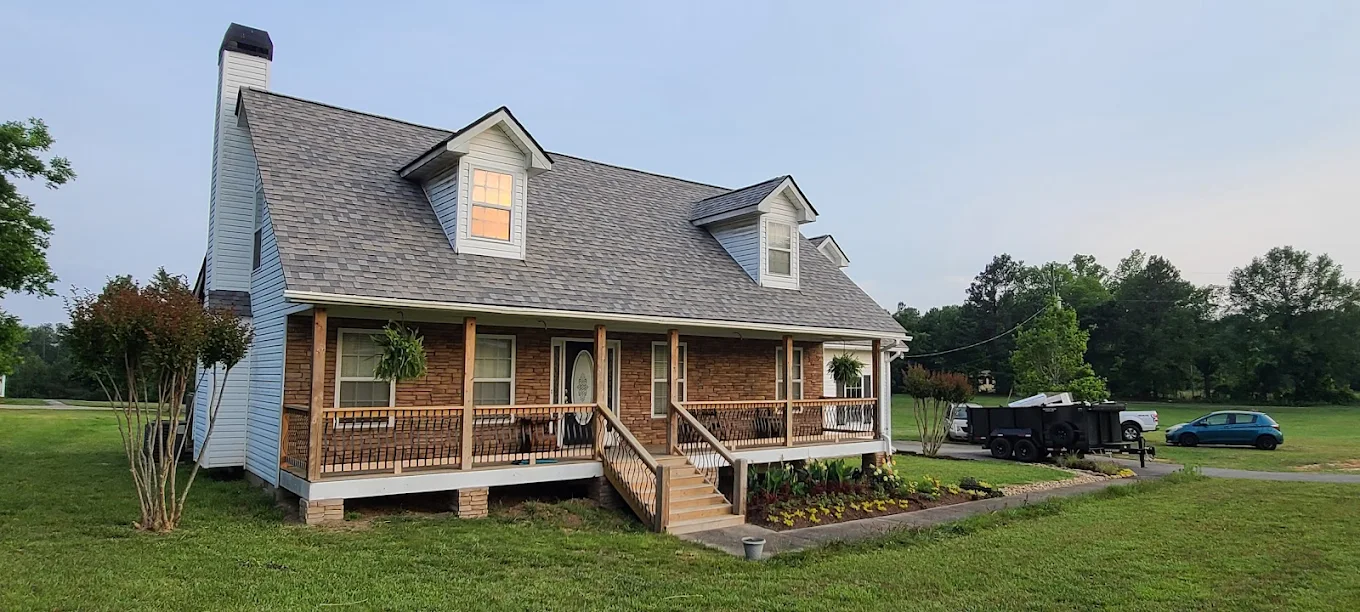
.webp)
.webp)
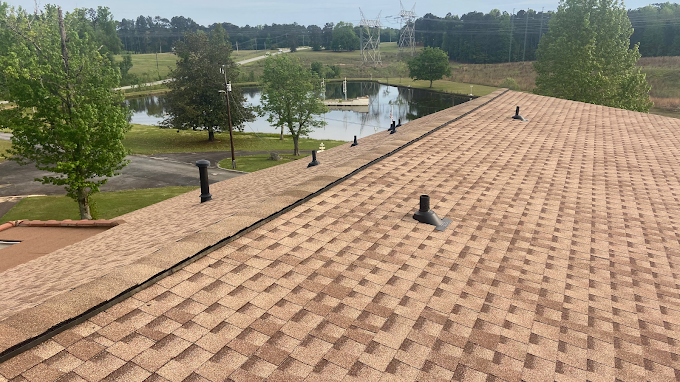
.webp)



.webp)
.webp)
.webp)

.jpg)






.jpg)










